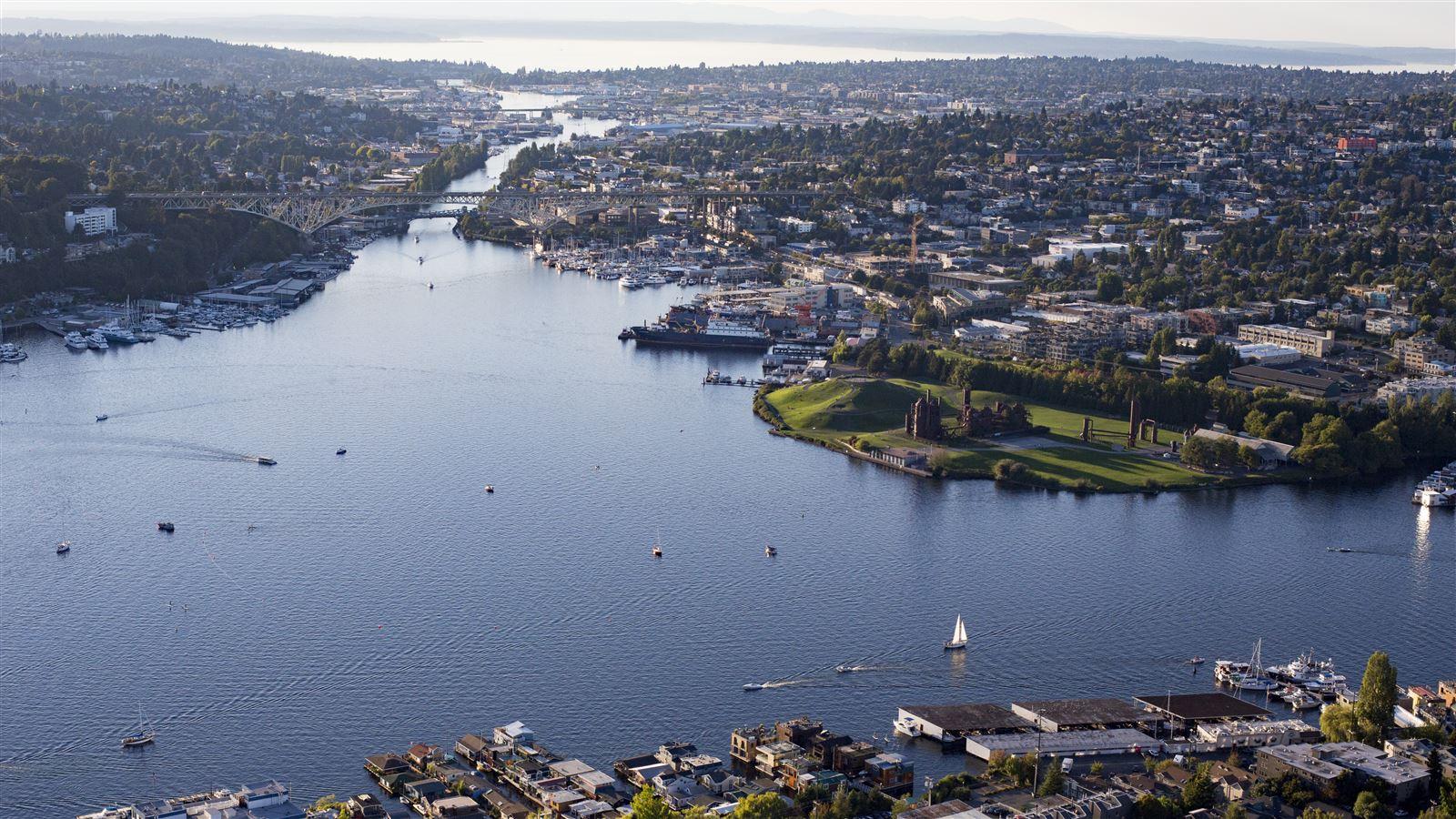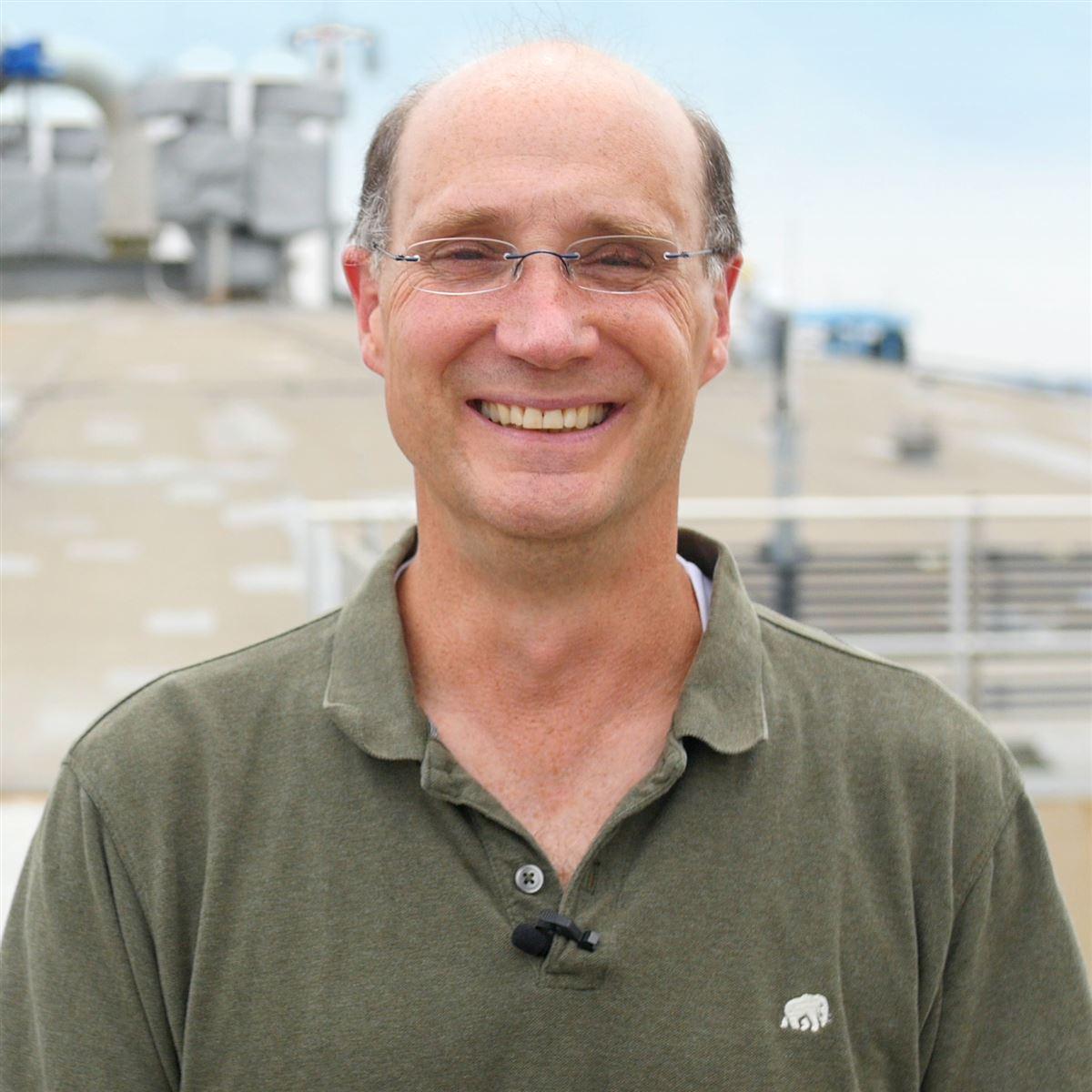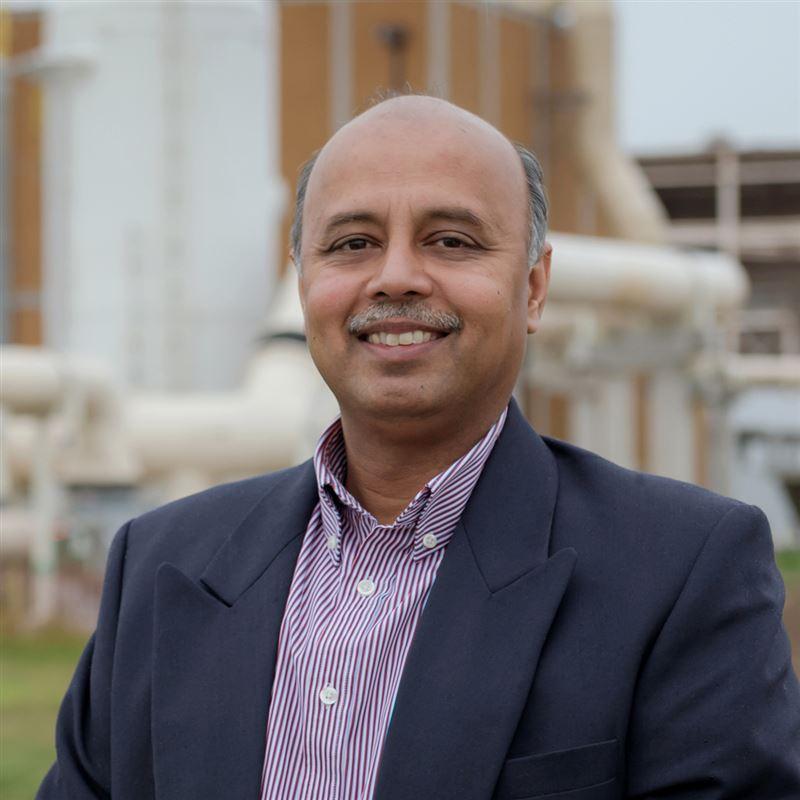Zero Discharge for the Fourth Largest U.S. Army Base
Located on the banks of the Puget Sound, Joint Base Lewis McChord (JBLM), was faced with meeting the wastewater treatment needs of a growing population with a 60-year old wastewater treatment facility and more stringent discharge limits. The plan for the U.S. Army Corps of Engineers (USACE) was to design-build a new 4.4 mgd wastewater treatment facility within two years on a green field site adjacent to the existing wastewater plant. The new facility would also support future zero liquid discharge goals through advanced treatment technologies.
The components to this advanced system include tertiary treatment with membrane filtration and ultraviolet (UV) disinfection for future groundwater recharge of 100% of the plant effluent. In addition, anaerobic digestion, producing a Class B biosolid, was employed with the future potential for energy production through combined heat and power. The design also accommodated space on site and within buildings for a 50 percent facility expansion.
In addition to providing treatment technologies to remove nutrients, other challenges involved designing the plant to effectively operate over anticipated swings in seasonal flows and loads as well as significant variations in the base population; as well as managing industrial-like loads from the base operations. CDM Smith worked with the existing operations and maintenance (O&M) plant staff helping them transition to a new facility with higher operational complexity.
The latest in static and dynamic wastewater treatment system modeling was used to establish the process design parameters, as well as to calibrate and confirm optimal plant operations during startup and commissioning.
Collaborating for Efficiency
Because of the design-build approach, CDM Smith and the USACE were able to engage with stakeholders early and collaborate throughout the project to fast-track the schedule. Design-build also gave the team extra time to optimize the layout of the facility, while still maintaining the potential to expand in the future. The streamlined site design involved co-locating the thickening and dewatering facilities, positioning the main electrical building near the largest electrical loads, and separating the administration building from the main plant traffic. The end result was an efficient and operator-friendly layout, which reduced the facility footprint.
The new treatment facility includes:
- Influent pump station with self-cleaning wet well and automated de-ragging
- Influent screens, with screenings washer/compactor and aerated grit removal
- Rectangular primary clarification – with controls to capture shock loadings
- Four-stage Bardenpho process with high-efficiency turbo blowers and circular secondary clarifiers
- Tertiary treatment utilizing pressure membrane filtration and UV disinfection
- Gravity belt thickeners for sludge thickening, anaerobic digestion with use of biogas for process heating, followed by belt filter press dewatering and on-site storage of Class B biosolids
The new administration building was also designed with a state-of-the-art laboratory and is on track to achieve LEED Silver certification. Sustainable features included the 45% water use reduction, optimized energy performance (minimum 40% reduction relative to baseline), use of locally sourced materials, natural day-lighting, and water efficient landscaping and rain gardens for stormwater management. The plant was also designed to meet the security requirements of the USACE, and included a complete SCADA system for operations and control.
3D design was used to expedite design reviews and optimize collaboration between design, construction and operations
Reaching for Zero
The plant was successfully started and commissioned with simultaneous decommissioning of the old plant. The new plant has quickly achieved effluent quality in conformance with Washington discharge limits and is capable of achieving further nutrient removal and reuse water quality to fully support a “zero discharge” facility that will continue to serve JBLM’s needs well into the future as well as being a reliable environmental steward in the northwest and the Puget Sound watershed.

Design-build enabled us to engage with stakeholders early and collaborate throughout the project to fast-track the schedule.
Recognized for Safety
This project received two National Safety Council awards: "Perfect Record Award" for operating 234,444 employee hours without occupational injury or illness involving days away from work; and, “Occupational Excellence Achievement Award” for no lost time with over 240,000 exposure hours.












